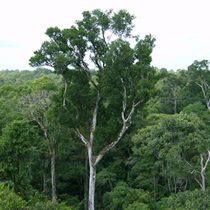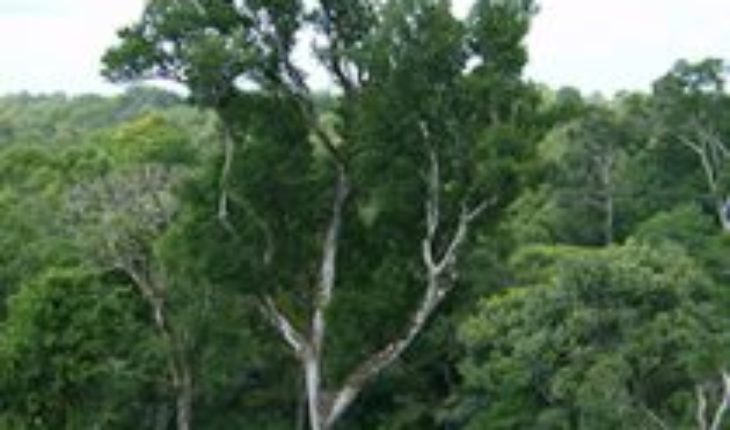
The combination of techniques such as dendrocronology, analysis of carbon and oxygen isotopes and genetics allows “to obtain information about the climate and past events caused by humans in the jungle” , according to Victor Caetano-Andrade, researcher at the Planck Institute for the History of Human Science.
The work, entitled “Tropical trees as time capsules of anthropogenic activity”, notes that “as the trees grow, they absorb details about their environment in their wood, creating snapshots of habitat over time”.
The analysis of trees using the above techniques allows for example to appreciate how human communities created gaps in the forest cover to allow light to enter for their crops: “It is one of the ways that native societies influence in the state of the trees in their territories,” according to Caetano-Andrade.
“An example is during the precolonial period in the central Amazon, where Brazil’s chestnut populations experienced intense and growing cultivation. However, when European colonizers invaded the tropics, indigenous peoples left the territory,” adds the researcher.
This situation led to a halt in the cultivation of Brazil’s chestnut trees for almost seventy years. This demonstrates how forestry activity actively responds to human occupation over time,” Caetano-Andrade said.
Cultural Heritage Archives
Tropical forests can be analyzed to see how they respond to different historical periods, so that they become archives of cultural heritage: thus, different indigenous groups promoted certain trees that they found useful, such as the for food or construction.
The marks that these cultural phenomena leave in the trees are implanted in the biology of the specimens that reach us to the present day, an important witness of the evolution of the territories since some species live up to 600 years.
“Many of those in the jungle today witness significant changes in human history. When biological information collected by living trees is combined with the archaeological and historical records of native rainforest societies we can assess, for example, how indigenous communities or foreign invaders managed local environment,” the researcher said.
Caetano-Andrade insists that this can detect “how its actions influenced the cultivation and growth patterns of trees”.
He adds that “it is possible to think of economic models that can keep the forest standing” and that “the proof is that it has been going on for thousands of years before colonial expansions, as the natives developed economic systems that maintained and even enriched the forest.”
“The traditional populations that live on the shores of tropical forests are the great heroes of preservation, as they know the importance of keeping the forest standing to ensure their well-being,” concludes the study’s author.





